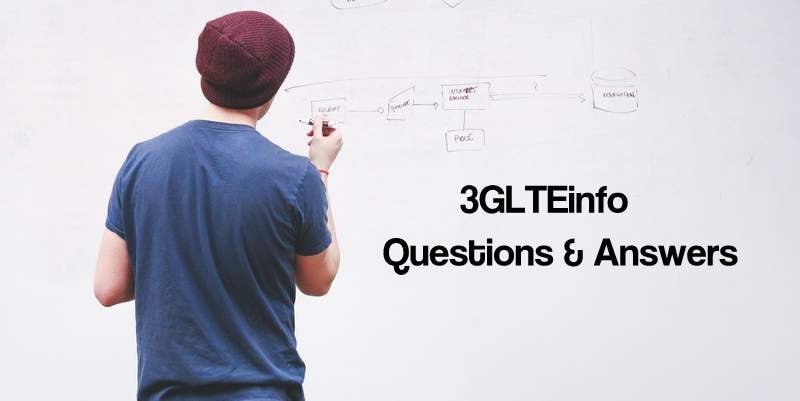
I got this question long back from one of 3glteinfo reader. Here is the specific question he asked:
I have one doubt in VoLTE call flow like how we differentiate for MO VoLTE and MT VoLTE call?
Means if we were given two MO/MT logs for VoLTE then how we can identify like which one is MO VoLTE or which one MT VoLTE? Is there any way to identify? if you find the answer, please let me know.
VoLTE MO-Call (Mobile Originating)
This is when a VoLTE call is started on the device under test (DUT).
The precondition is, the UE is already registered with the IMS server.
UE-1, in this case, is the originating UE and UE-2 is the terminating UE.

UE-1 sends SIP INVITE message to UE 2
The first message is the SIP INVITE message. This message MUST have the Direction header UE to Network.
Next, check the SIP Message header field. This shows that the message is INVITE and the sip URI is the called party number (UE-2).
So you will find similar to this
Sip Message = INVITE sip:+12345678@ims.mnc007.mcc240.3gppnetwork.org;user=phone SIP/2.0
The next header field is the From field. This shows the phone number used by the DUT (UE-1) and a unique tag identifier.
From: <sip:+56789345@ims.mnc007.mcc240.3gppnetwork.org>;tag=2587807664
The To header field has the phone number of UE-2
To: <sip:+12345678@ims.mnc007.mcc240.3gppnetwork.org;user=phone>
UE receives SIP TRYING 100 response
The response to the INVITE message is the network tells UE-1 that it is trying to reach the UE-2
So the IMS network sends the SIP response 100 TRYING.
Later the UE-1 and UE-2 negotiate the codec to use and may agree and start a VoLTE call.
Mobile terminating VoLTE Call
Similar to the first case, UE-1 is IMS registered.
UE-1, in this case, is the terminating UE and UE-2 is the originating UE.
Here is a simple call flow scenario what happens when a VoLTE enabled UE receives an MT call.

The UE receives a Paging message.
UE Receives SIP INVITE Message
The first message the UE receives is the SIP INVITE message. Here are certain things to check:
Direction: NW to UE (Downlink)
From: sip URI of the phone which started the call.
From: "+12345678" <sip:+12345678@bckm-sip.tele2.net;user=phone>;
Conclusion
The simple way to know a call is Mo or MT is by checking the Direction header field in SIP INVITE message.
If it is an MO call, the Direction header field should be UE to Network. And, for MT call the field must be NW to UE.

Permalink
Hi Prashanth
I would like to the call technology like VOLTE,LTE from the android device.
Could you please advice me on the.
Am very new to android world please help me
Permalink
Ramu Kusupudi , if you want use the LTE call you need to use SIMCARD have support LTE serves and VOLTE, for active this option that depend for type of phone that use it some phone work direct and some you need to active the VOLTE call from setting .
Permalink
Hi Rashid,
i want to know the reasn for handover failures in 4g-4g/3g-3g cases
Permalink
Above description about MO and MT in Volte..is very good.I want to know the all 4G or LTE KPIS issues and reasons and solutions…can you please explain..
Permalink
Hi all, i would like to know the functions of each IMS nodes during a VoLTE call.
Permalink
can you please share sample direction header ?
Permalink
How can differentiate volte call and emergency call?
Permalink
From the above description, i understand MO is the mobile originating device and MT is Mobile Terminating.
But take the case when Device 1 d1 calls to Device 2 d2 and d2 accepts the call and d1 only terminates the call then in this case who will be MT device?
Permalink
@Anand, Remember one thing is that when D1 calls to D2, D1 always be a calling subscriber and D2 is the called subscriber. So for called subscriber the call or message is always Mobile terminating. If D1 terminate the calls means disconnect the call, then in this case also theory doesn’t change.
Permalink
is it 180 ringing signal is mandatory for both MO and MT calls ?
Permalink
Thank You Very Much, All this kind of information help us a lot while debugging and doing VoLTE testing.
Keep Posting